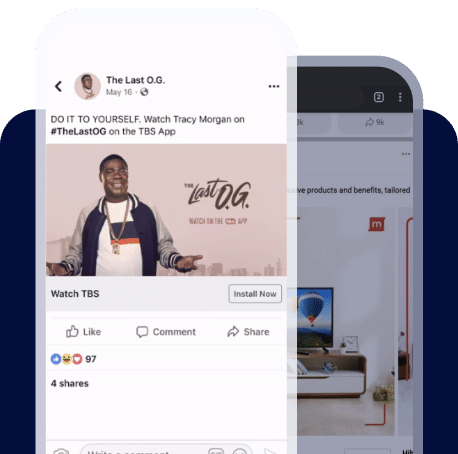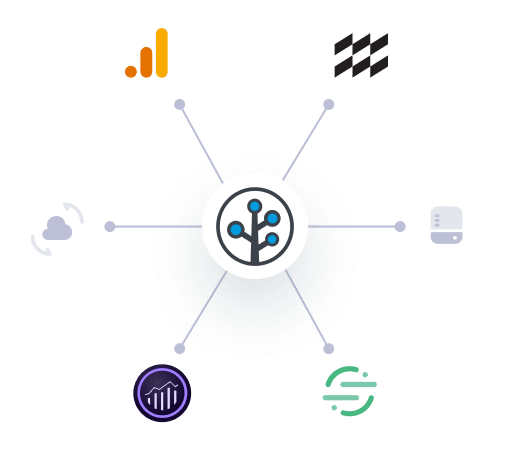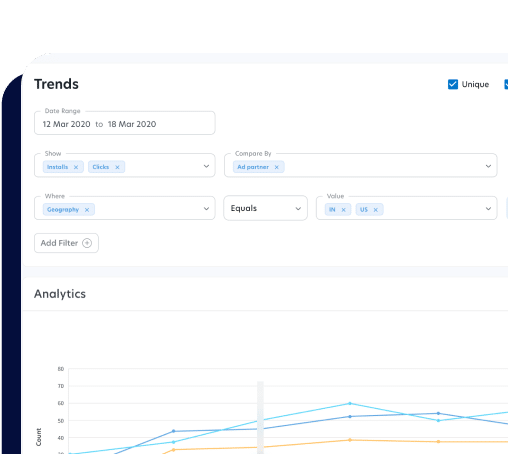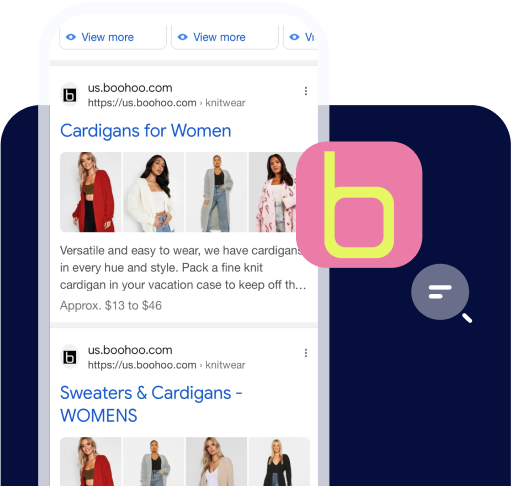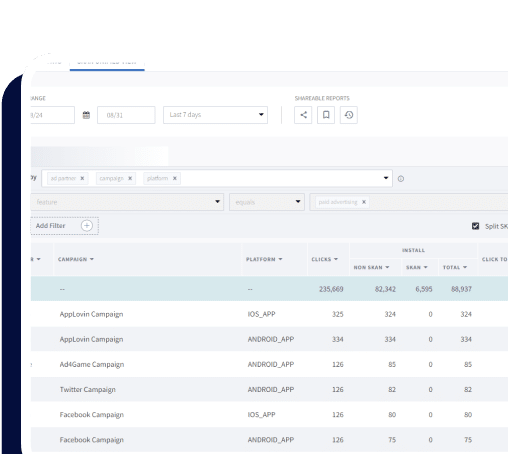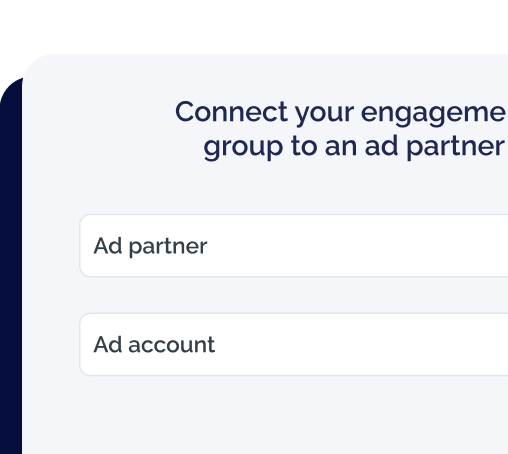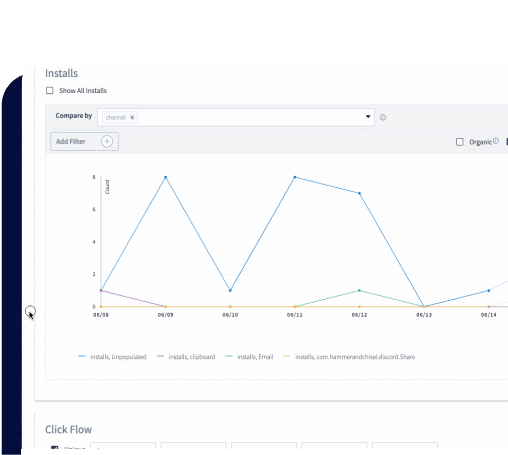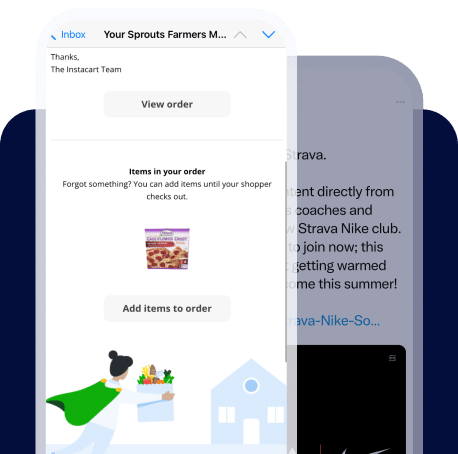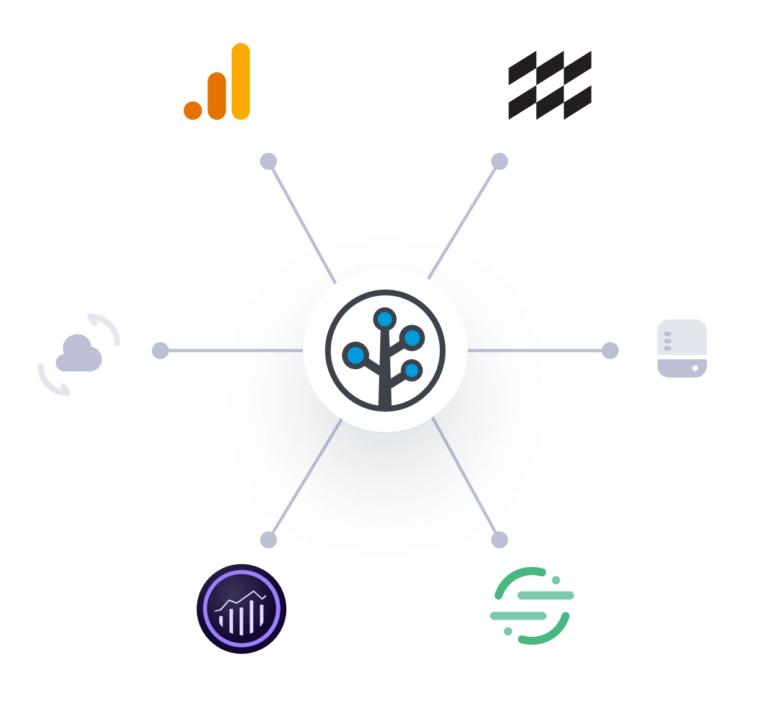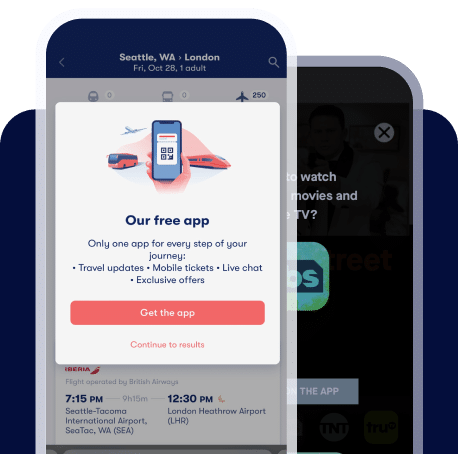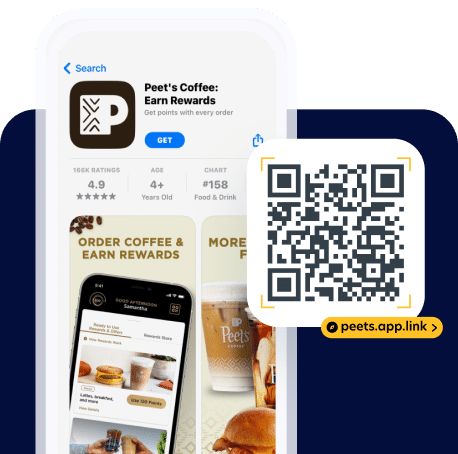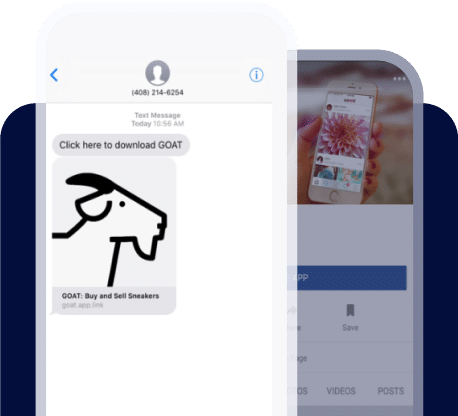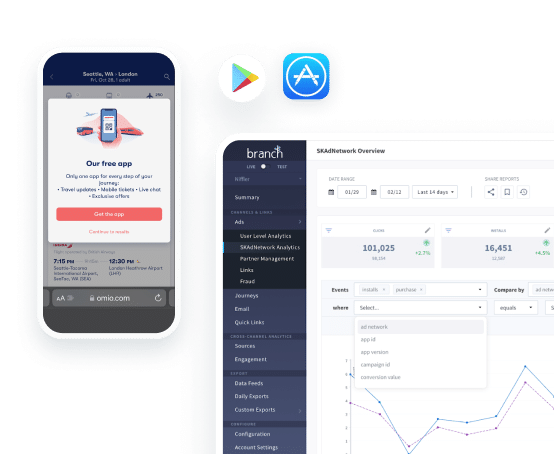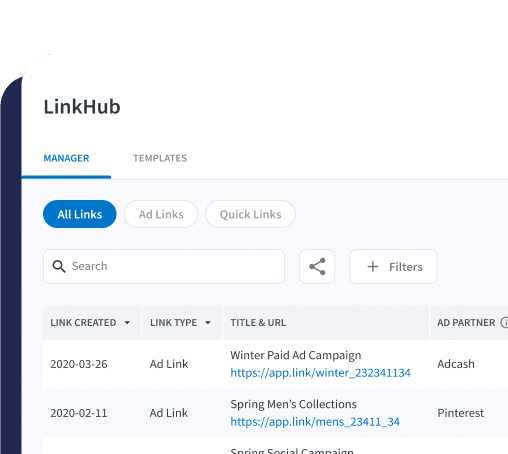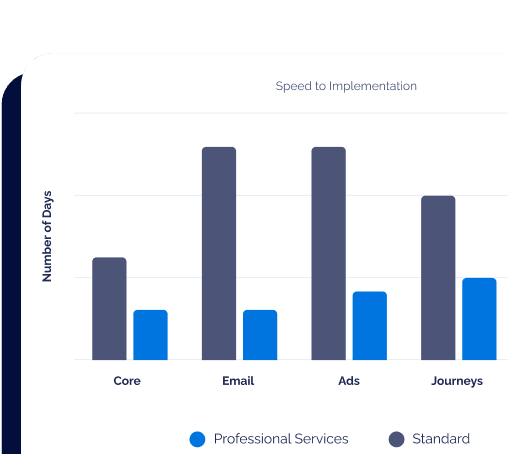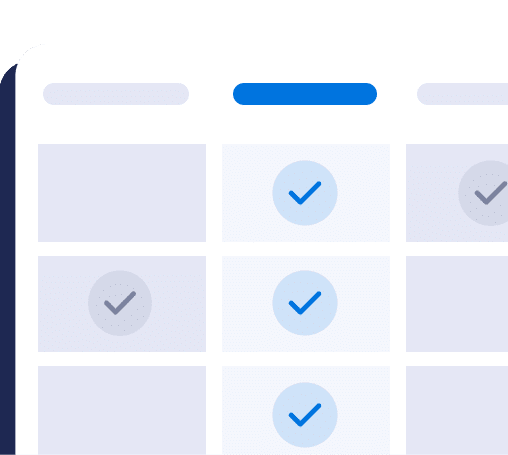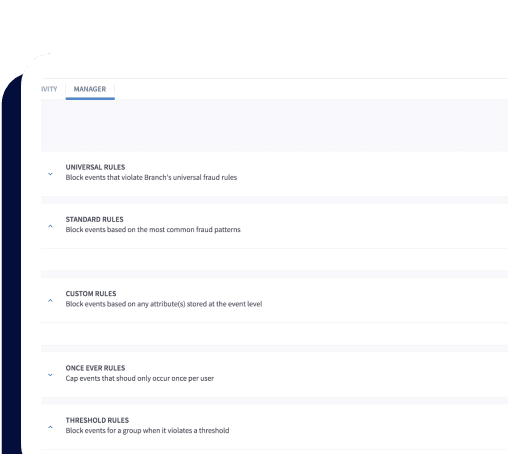What is ATT Opt-in Rate?
ATT opt-in rate is the percentage of users who allow Apple to track them across apps and websites. This metric was introduced with iOS 14.5 and determines how much data Apple can collect about its users, what it can do with that data internally, and how much it can sell to advertisers.
The release of Apple iOS14.5 introduced a requirement to obtain an official opt-in from app users to track them across apps and websites owned by other companies, referred to as ATT (App Tracking Transparency).
When exploring ATT opt-in rates, it’s important to understand how the rate is defined, as multiple definitions have been observed in the market.
Every app user can be one of these five states:
- Prompted, opted in
- Prompted, opted out
- Not yet prompted
- Restricted from being prompted due to Limit Ad Tracking setting or other criteria specified by Apple, such as age or the device’s controlling organization.
- Opted out device-wide (This is reported to apps the same way as state 2)
The most common definition of ATT opt-in rate is 1/(1+2+5), as defined above, which determines how effective the ATT prompt is at securing explicit permission.
The other definition seen in the market is 1/(1+2+3+4), which reflects the total percentage of an app’s user base that has shared identifiable data with the app developer.

